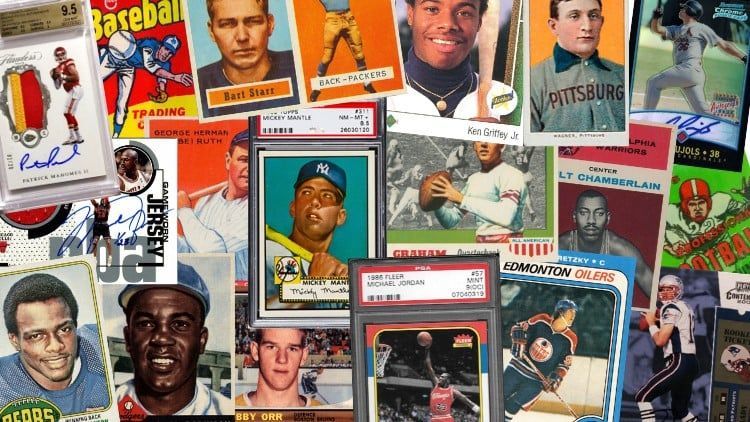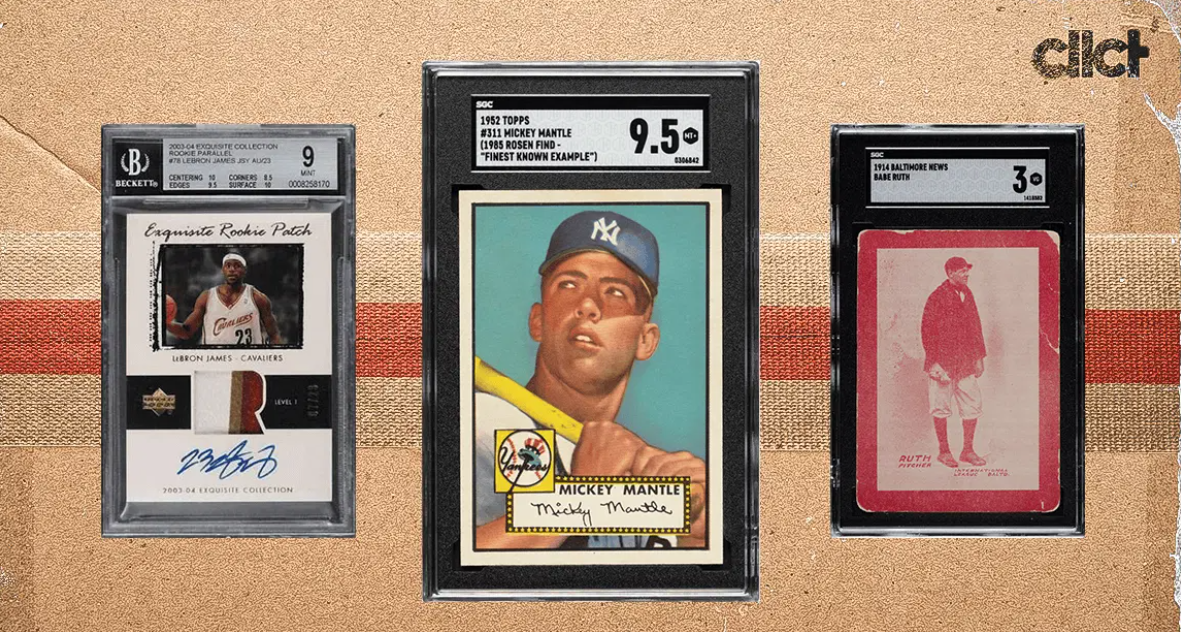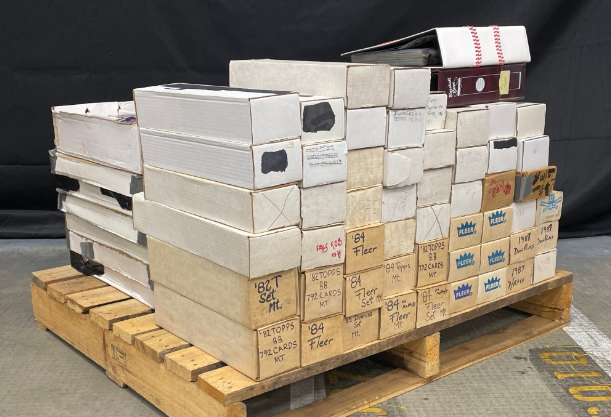How to Pick the Best Sports Cards and Scale Your Collection Fast
Learn how to identify high-value sports cards, invest smartly, and grow your collection into a profitable business.

The sports card industry has exploded over the last decade, attracting collectors, flippers, and investors from all walks of life. What was once a childhood hobby has now turned into a lucrative investment strategy for many. If you're looking to build a serious sports card portfolio—or even turn it into a business—understanding how to pick the right cards and scale quickly is critical.
Let’s break down the strategy.
What Makes a Sports Card Valuable?
Not all sports cards are created equal. The following factors determine value:
🔹 Player Popularity & Potential
Rookies of rising stars or legends like Michael Jordan, Tom Brady, or Shohei Ohtani hold long-term value. Keep an eye on trending players and prospect reports.
🔹 Rarity (Print Runs & Parallels)
Look for limited-numbered cards (e.g., /25, /10, /5, 1/1), autographs, and patch cards. Short print (SP) and super short print (SSP) inserts often increase in value quickly.
🔹 Card Condition (Grading Matters)
Cards graded by PSA, BGS, or SGC tend to sell for a premium—especially PSA 10 or BGS 9.5+. Always consider the card's surface, corners, edges, and centering.
🔹 Set & Brand
Not all card sets are equal. For basketball, Panini Prizm, Select, and National Treasures dominate. In baseball, look for Topps Chrome, Bowman Firsts, or Topps Sapphire.
🔹 Market Timing
Buying low during the off-season and selling during peak moments (playoffs, breakout games, major awards) can help you maximize profit.
How to Pick the Best Cards to Invest In
Here’s a basic framework to help guide your picks:
- Start with Rookie Cards
Every serious investor knows that rookies hold long-term value. Look for base rookies first, then chase numbered parallels or autographs. - Focus on Graded Cards
Especially when flipping or investing long-term, graded cards provide protection and legitimacy. PSA 10 or BGS 9.5 is ideal. - Look at Trends & Stats
Watch ESPN, follow fantasy sports trends, and track a player’s performance. Cards move with performance. - Use Marketplaces & Data Tools
Platforms like eBay, Goldin Auctions, Card Ladder, and Market Movers help you spot price trends and buying opportunities.
How to Scale Your Sports Card Investments Fast
Once you know how to pick good cards, here’s how to scale your portfolio and profits quickly:
1. Buy in Bulk (Smartly)
Scoop up lots of 5-10 raw rookie cards of a rising star. Send the best ones in for grading, flip the rest raw to recoup initial investment.
2. Join Breaks & Auctions
Team or player breaks can yield big returns with small upfront costs. Auction sniping also lets you grab undervalued cards during off-peak hours.
3. Build Relationships with Sellers
Form connections with card shops, online resellers, and trusted eBay accounts. They’ll give you deals and first dibs on hot cards.
4. Create a Flipping Schedule
Use key sports calendar events (season start, playoffs, draft day, etc.) to list and sell your cards. Timed selling = bigger profits.
5. Diversify Your Sports & Players
Don’t go all-in on one player. Spread your investments across basketball, football, baseball, and even UFC or F1 depending on the trend.
6. Reinvest Profits Immediately
When you flip a card, roll the profits into a graded version or a higher-tier card. Compound growth is key to scaling.
Final Tips
- Use WhatNot, Instagram, and Facebook Groups to sell fast and build a buyer base.
- Keep your inventory organized and protected—invest in toploaders, mags, and card safes.
- Stay educated—follow YouTube channels, podcasts, and Discords for up-to-date card market trends.
- Treat it like a business—track ROI, set goals, and monitor cash flow like any other profitable hustle.
The sports card game isn't just about luck—it's about timing, strategy, and smart investing. If you learn how to spot opportunity, manage your money, and flip with intention, you can scale quickly and turn your side hustle into a real source of income.
Whether you’re just starting or looking to expand your existing card empire, success in this space comes down to doing your homework, taking calculated risks, and staying consistent.











